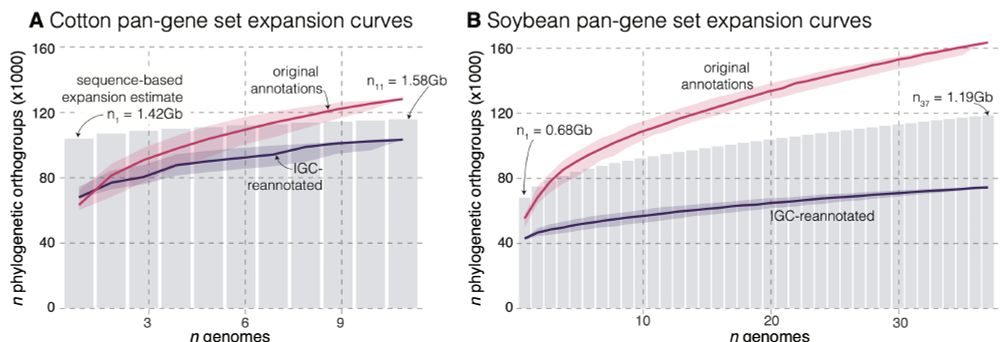John Lovell
@jotlovell.bsky.social
690 followers
370 following
89 posts
Helping to make genomics useful for crop improvement, ecology, evolutionary biology, and conservation
HudsonAlpha Genome Sequencing Center and DOE Joint Genome Institute
Posts
Media
Videos
Starter Packs
Reposted by John Lovell
Reposted by John Lovell
John Lovell
@jotlovell.bsky.social
· Aug 18
John Lovell
@jotlovell.bsky.social
· Aug 18
John Lovell
@jotlovell.bsky.social
· Aug 18
John Lovell
@jotlovell.bsky.social
· Aug 18
Reposted by John Lovell
Carl T. Bergstrom
@carlbergstrom.com
· Aug 14
John Lovell
@jotlovell.bsky.social
· Aug 6
John Lovell
@jotlovell.bsky.social
· Aug 6
John Lovell
@jotlovell.bsky.social
· Aug 6















